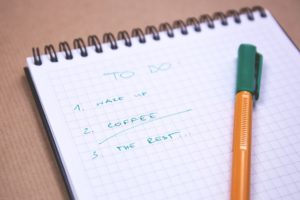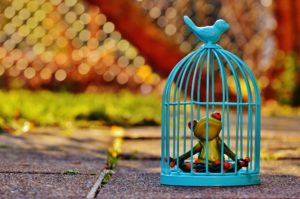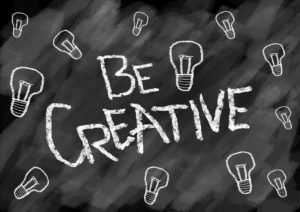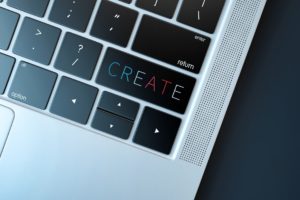Originally, I thought of curriculum as a straitjacket, comforting yet restricting. Curriculum to me as an educator is comforting, it gives me clear structure and guidelines and supports my decisions in the classroom. Curriculum continues (and will continue) to provide me with justification of the content I choose to put in my classroom. Furthermore, I still see curriculum as restricting. Despite the recent improvement in B.C.’s curriculum, I think there is still more to do. For example, indigenous content is included, but the sense of colonial ties is still very strong (especially in the academic courses.) Additionally, curriculum can become a sort of check list, where teachers (myself included) fall back into old habits and teach to cover content rather than to develop skills and understanding. True to my original comparison, I still believe that curriculum has the potential to be magically creative and transformative, despite the comfort and restriction.

Although I dream of amazing classes, with well-integrated curriculum and active learning opportunities, I find it challenging to revolutionize my teaching pedagogy in practice. As of now, I lack the skills, time, and resources to make significant change in my curriculum and have had to settle with small changes over time. Not to say this is an invalid way of learning, it’s just frustratingly slow. I have found that the more I learn about teaching, the more I want to change, learn, and grow my pedagogy.
To me curriculum is (still) like a straitjacket, maybe it is because I have not taken ownership of the curriculum or I just cannot get the simile out of my brain. Either way, curriculum is still comforting and restricting. What has changed is my outlook on the opportunity curriculum provides. Included in my original simile, I discussed how curriculum can ignite curiosity, increase exploration, entertain, and create a space for learning. And although I believed this to be true at the time, I have learned how integral this inventiveness is to education and curriculum.

Curriculum documents can only take you so far. It is up to educators to develop lessons and create a learning environment. What I have learned is that teachers (myself) need to take ownership of the curriculum. Yes, it is important that the government provided “guidelines” include decolonization and digitization in the document. But that does not mean the teachers (again, I am talking to myself here) cannot include it on their own. I have been stuck in this idea that the content in the curriculum document should be included first, and then IF there is time, I can include things that are important to me. But I have been completely wrong. I do not need to wait for the curriculum to catch up to the times, but rather I can make changes in my own classroom when I see fit.
I have come to realize that the curriculum as presented in the document is much different than the lived curriculum experienced by my students. Student learning is far more reliant on the educational experience created by the teacher, than by the curriculum documents. I have full control over the learning environment that I establish for my students. I may not have control over the curriculum, but I can determine how to teach the content, and which skills to develop. As an educator, I have control of the lived curriculum, and that is a new sense of ownership for me. Previously I have felt controlled by curriculum and now I am empowered by it. Understanding that lived curriculum is under my control will influence how I plan my classes moving forward.
Although we have taken steps towards decolonizing the curriculum, it still a separate entity. I believe it is up to the educators to incorporate indigenous perspectives of knowing into the content – despite what the curriculum content outlines. Some of the barriers that I face is a lack of knowing HOW to decolonize curriculum. In social studies, indigenous perspectives are easily included as topics of discussion, however, integrating First Peoples ways of knowing into every class is still something I am working on.

The same goes for digitization, although it is recommended that teachers integrate technology, purposefully incorporating digital tools is harder than you think. It is easy to provide students with a digital copy of the textbook and get them to respond to the reading on an online platform. But I would argue, this is not true digitization. Integrating technology into meaningful learning experiences is a vital pursuit of education. Not only will it help students develop crucial 21st century skills, it can also help increase student engagement. Educators should rethink how they deliver curriculum and consider lived curriculum, decolonization, and digitization.
All these ideas depend on teachers’ resources, skills, and time. But I believe it is still a worthy pursuit. Moving forward I want to create intentional lesson plans that consider the curriculum as a platform for innovation, rather than just a comfortable restriction that teachers deal with. I hope to dedicate more of my personal time, developing my own understanding of the curriculum, to restructure how I present content and ideas to students. Furthermore, I plan to look for professional development opportunities that will aid my own skill development and create space for collaboration.







Recent Comments